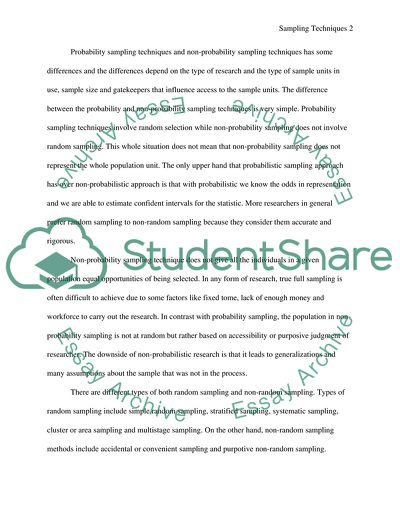Cite this document
(Sampling Techniques Assignment Example | Topics and Well Written Essays - 1500 words, n.d.)
Sampling Techniques Assignment Example | Topics and Well Written Essays - 1500 words. https://studentshare.org/marketing/1864617-marketing-research-exam-preparation
Sampling Techniques Assignment Example | Topics and Well Written Essays - 1500 words. https://studentshare.org/marketing/1864617-marketing-research-exam-preparation
(Sampling Techniques Assignment Example | Topics and Well Written Essays - 1500 Words)
Sampling Techniques Assignment Example | Topics and Well Written Essays - 1500 Words. https://studentshare.org/marketing/1864617-marketing-research-exam-preparation.
Sampling Techniques Assignment Example | Topics and Well Written Essays - 1500 Words. https://studentshare.org/marketing/1864617-marketing-research-exam-preparation.
“Sampling Techniques Assignment Example | Topics and Well Written Essays - 1500 Words”. https://studentshare.org/marketing/1864617-marketing-research-exam-preparation.


